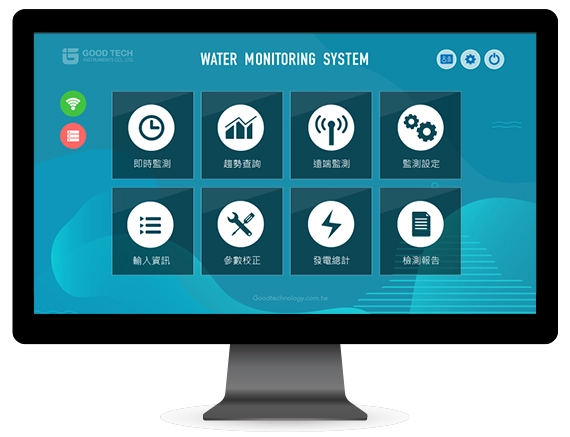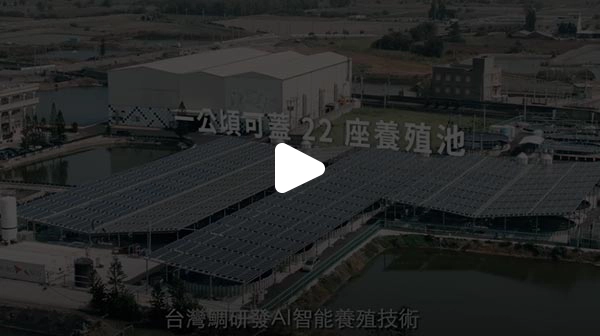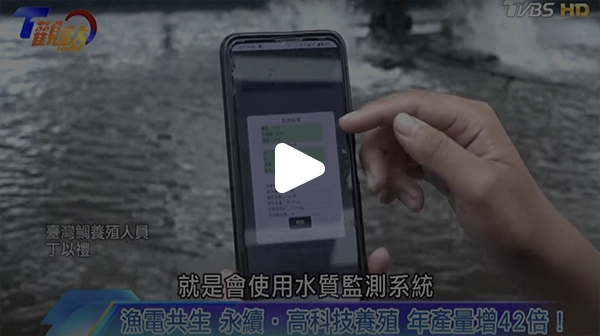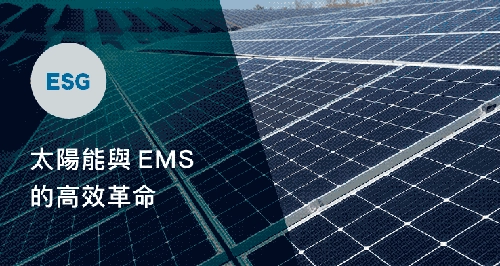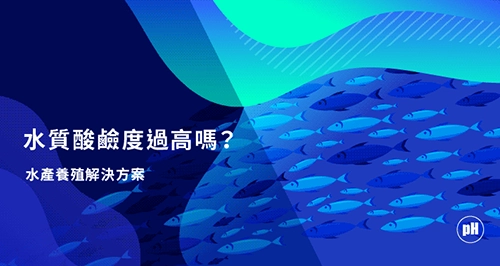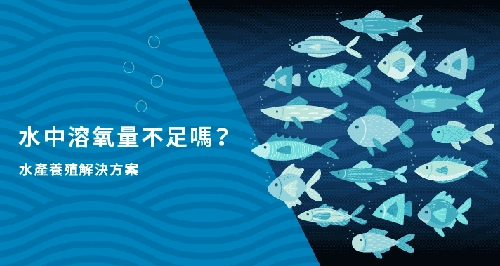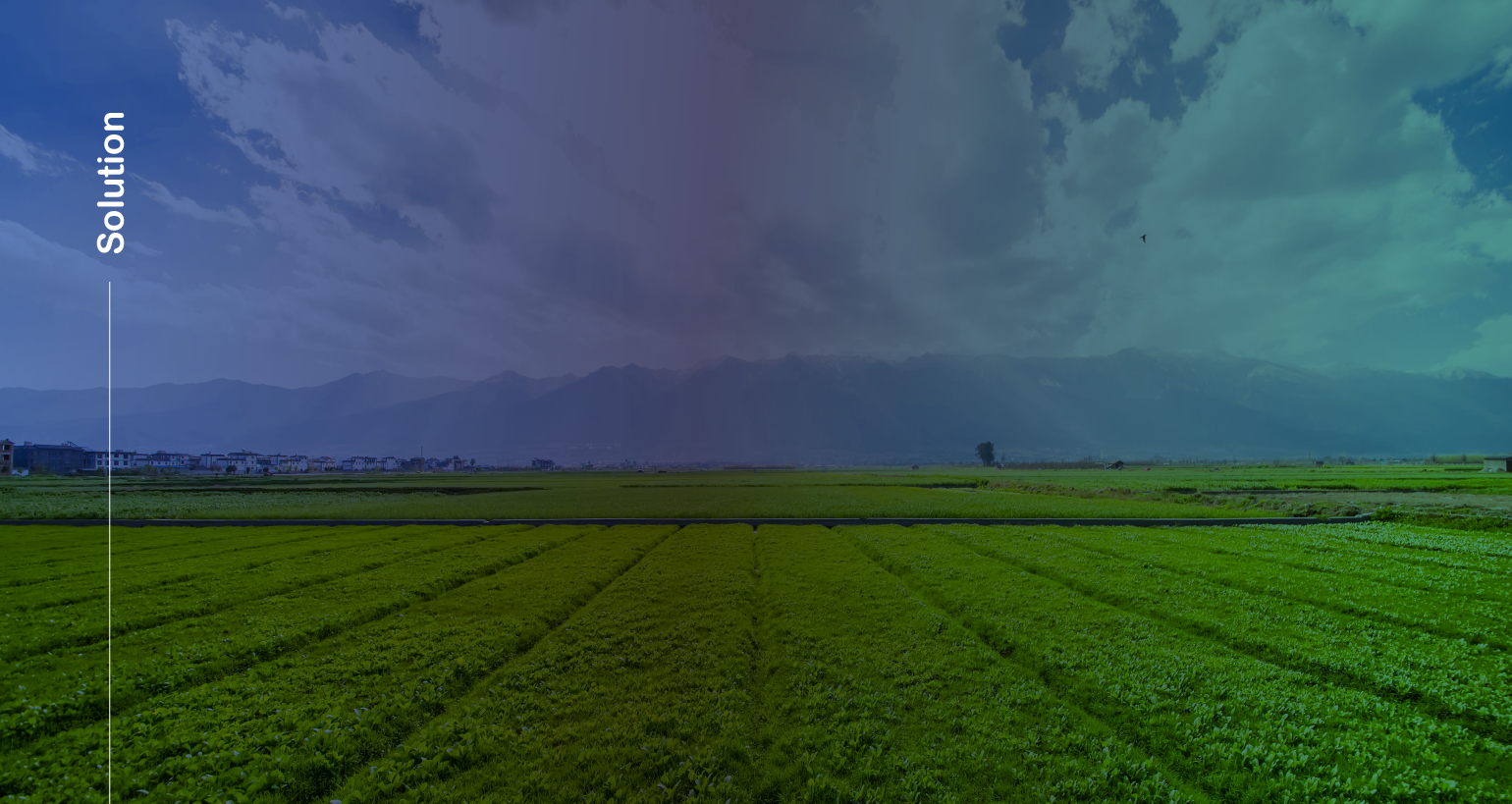Smart Aquaculture: Monitor Temperature, pH, and DO
Why is it necessary?
Why does aquaculture need a water quality monitoring system?
Aquaculture is an industry highly dependent on environmental conditions, where water quality fluctuations directly affect the health, growth, and survival rate of farmed organisms. However, traditional aquaculture management primarily relies on manual experience and periodic sampling analysis, making it difficult to grasp environmental changes in real time. This results in low production efficiency and poses the risk of large-scale losses.
Water quality is the lifeline of aquaculture. Even slight changes in parameters such as temperature, pH, dissolved oxygen (DO), ammonia nitrogen concentration, and nitrite levels can significantly impact aquatic life. Disease outbreaks are often closely related to water quality deterioration. For instance, high concentrations of ammonia nitrogen or nitrites in water can promote pathogen proliferation, increasing the risk of infections. Traditional testing methods struggle to predict water quality degradation trends, often detecting problems too late, leading to mass mortality and economic losses.
Additionally, insufficient dissolved oxygen can cause fish to suffocate, while excessive ammonia nitrogen or nitrites may result in toxic reactions. In conventional management, fish farmers often rely on experience to regulate water quality or collect samples manually for laboratory analysis. However, this approach is both time-consuming and labor-intensive, with results typically delayed, making it difficult to respond promptly to water quality changes.
Against this backdrop, the adoption of intelligent monitoring systems has become a key strategy for driving industry upgrades and ensuring sustainable development.
How to Solve
Implementing a Smart Aquaculture Monitoring System
By utilizing the WMS Aquaculture Environment Monitoring IoT, users can analyze long-term trend data and determine external environmental factors affecting their aquaculture operations. This system also helps users understand growth patterns, allowing for timely adjustments to controllable environmental factors.
With real-time monitoring capabilities, users can view the current status via sensors. The standard setup includes pH, dissolved oxygen (DO), and temperature sensors. Additional sensors can be installed based on user needs, such as image monitoring, power monitoring, and various other sensors, with all data integrated into a unified system display.
Users can also set threshold values for each sensor and select alert notification methods. When abnormalities occur, the system displays an alert indicator and automatically sends notifications via SMS, LINE messages, or email.
The aquaculture industry faces challenges related to environmental changes, disease risks, and operational efficiency. Traditional management approaches struggle to meet modern aquaculture demands. By introducing a smart monitoring system, businesses can reduce risks and costs while increasing production, revenue, and sustainability.

Trend Analysis
Comprehensive Data View

Multi-functional &
Highly Efficient Sensor Integration

Expandable Features
Customized Solutions

Automated Alerts
Immediate Response
Function Description
Feature Menu - Expandable and Customizable Options

The WMS Aquaculture Environment Monitoring IoT currently includes eight core functions: real-time monitoring, trend analysis, remote monitoring, monitoring settings, data input, parameter calibration, power generation statistics, and inspection reports. The feature options can be customized based on user scenarios and requirements.
The monitoring system is designed with maximum flexibility in both software and hardware configurations. Users can integrate additional sensor modules based on their needs, such as image monitoring, power management, and various other sensors. These additions help structure a comprehensive monitoring system that consolidates all data for streamlined visualization.
Function Description
Real-Time Monitoring Screen with Flexible Expansion

The WMS Aquaculture Environment Monitoring IoT provides real-time monitoring functionality, allowing users to display real-time sensor data. Standard configurations include pH, dissolved oxygen (Do), and water temperature monitoring, with the option to add additional sensors as needed.
Designed for ease of use, the system eliminates unnecessary settings that might cause confusion. Its flexible structure enables users to set threshold values—when a red indicator appears on the main screen, it alerts the user to check the cause of the issue. This allows continuous monitoring of crop or aquaculture conditions and timely adjustments to environmental control systems.
Clicking on an icon provides access to detailed data records.
Function Description
Data Trend Analysis - Minimizing Negative Impact

The WMS Aquaculture Environment Monitoring IoT enables long-term data trend analysis to identify potential influencing factors. Users can better understand the growth curve of monitored subjects and adjust controllable environmental factors accordingly. This helps prevent negative environmental impacts or minimize them, ultimately improving the quality and yield of crops or aquaculture.
Additionally, based on user-inputted data such as feed consumption and harvested fish weight, the system automatically compiles statistics and visualizes trends. This enhances management efficiency and simplifies data analysis.
Function Description
Power Generation Records, ESG, and Electricity Management

The WMS Aquaculture Environment Monitoring IoT is designed for fishery-solar hybrid sites, enabling users to integrate data from self-generated power systems into a unified system. This helps users monitor power generation and optimize energy management to maximize additional revenue opportunities.
Function Description
Real-Time Mobile Monitoring for Instant Crisis Management

The WMS Aquaculture Environment Monitoring IoT offers an alert function that automatically sends SMS or email notifications to management personnel when anomalies such as low dissolved oxygen (DO) levels in the water are detected.
Designed with a responsive interface, it is compatible with both Android and iOS systems. There is no limit on the number of users, and the intuitive operation ensures ease of use. By integrating with mobile devices, users can monitor environmental conditions in real-time, providing a truly convenient and efficient monitoring solution.
Benefits
Ensuring Water Quality in Aquaculture
By leveraging real-time monitoring and automated control technologies, the system continuously tracks water quality changes 24/7 and issues alerts when abnormal data is detected, allowing aquaculture operators to take immediate action. For example, when dissolved oxygen (DO) levels drop, the monitoring system can automatically activate aeration equipment to maintain stable oxygen supply. This instant response mechanism not only preserves aquatic health but also improves the Feed Conversion Ratio (FCR), significantly boosting production efficiency and economic benefits.
Long-term data recording and analysis enable trend forecasting of water quality changes, allowing potential issues to be identified in advance. Moreover, these systems typically feature an alert function that immediately notifies managers or triggers automatic responses when monitored values exceed safe limits. For instance, the system can initiate water replacement or activate circulation pumps to dilute pollutant concentrations. This predictive mechanism effectively reduces disease outbreaks and keeps mortality rates to a minimum, ensuring aquaculture profitability.
Improved Aquaculture Efficiency
Reduced Mortality Rate
Optimized Management Strategies
Enhanced Competitiveness
Reduced On-Site Labor
Lower Risk of Errors
Smart Fish Ponds
IoT Monitoring
With the rise of AI-driven technologies, big data monitoring and analysis in smart aquaculture has become essential. WMS Smart Aquatic Environment Monitoring IoT provides a solution that integrates simple data transmission methods with various sensor systems, enabling users to monitor fish pond conditions in real-time and adjust the environment accordingly.
Monitoring Description
Easily Deployable for Aquaculture Farmers
To meet the needs of aquaculture farmers, this system has been developed with an affordable and user-friendly approach, making it easy for farmers to install and use. The wireless transmission range for each aquaculture area extends up to approximately 1 km, and for longer distances, an extender can be used to remove transmission limitations. Additionally, it supports various aquaculture-specific sensors, including pH, temperature, dissolved oxygen (DO), heavy metals, ammonia nitrogen (NH₄), conductivity, liquid level, turbidity, salinity, ORP (Oxidation-Reduction Potential), and chlorophyll sensors. Further specialized applications are continuously under development.
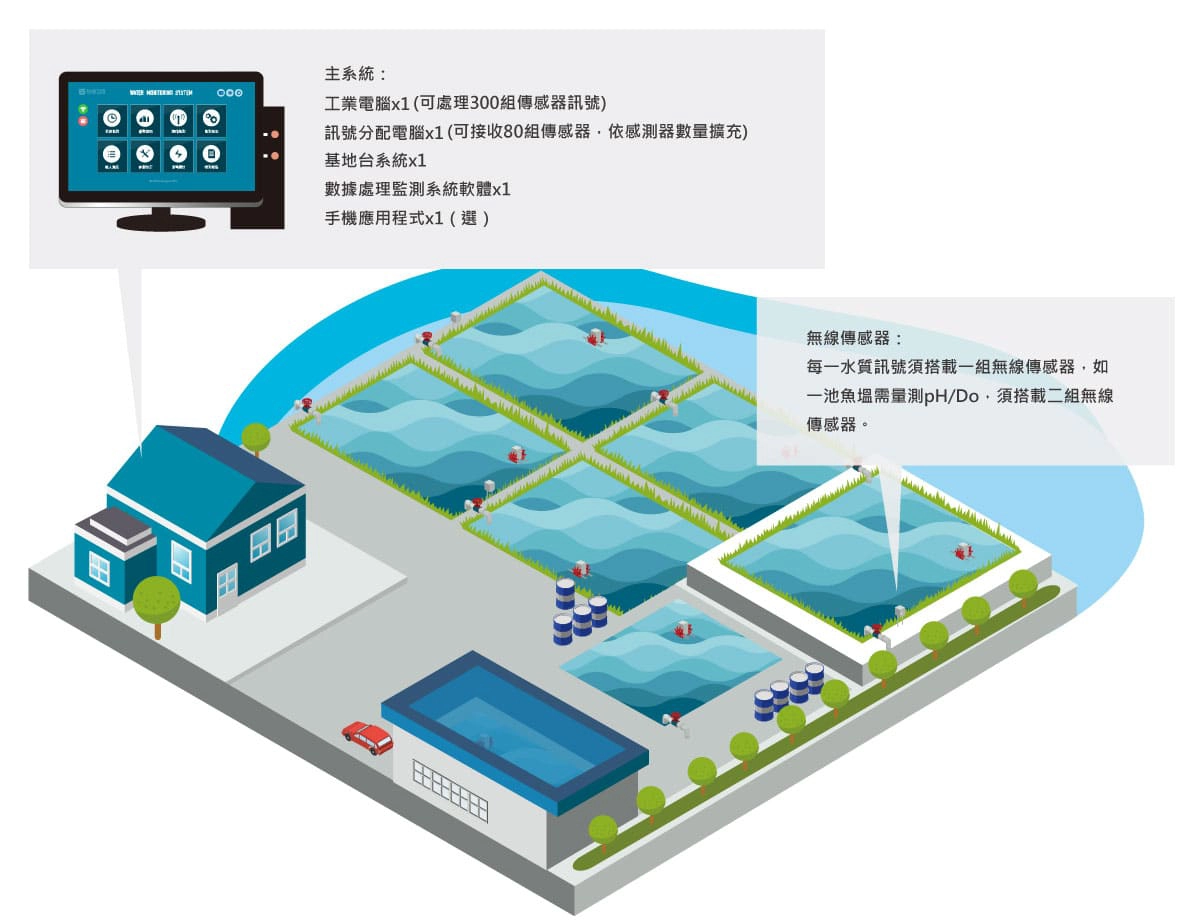
Smart Fish Pond Application Cases
Kouhu Taiwan Tilapia Technology
Kouhu Taiwan Tilapia Technology has implemented the WMS Aquaculture Environmental Monitoring IoT system to monitor water quality in real-time. It enables them to track key aquaculture parameters such as optimal dissolved oxygen (DO), ammonia nitrogen (NH₄), pH levels, and temperature. Beyond accurately estimating fish growth curves, this system provides scientific data for automated feeding and medication processes. Moreover, all monitoring and operations can be conducted remotely via smartphone in real-time.
System Architecture
Achieving Smart Agriculture IoT Without Distance Limitations




Support
Other Smart Agriculture Solutions
